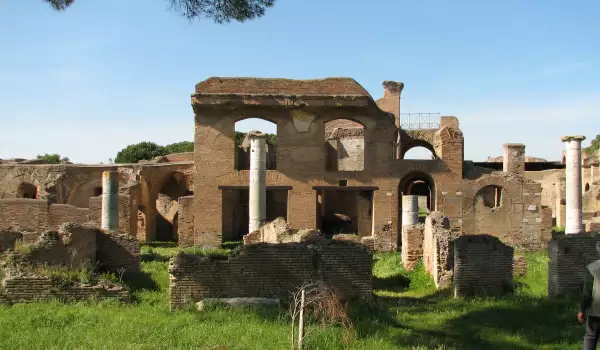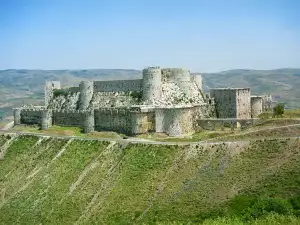Ostia Antica

The archaeological finds, ruins and remains of the glorious Roman Empire in the territory of Italy seem to be inexhaustible. Another significant historical evidence of Roman culture which is unique is, Ostia Antica, this ancient port city has its ruins preserved today.
Ostia Antica is only 20 minutes by train to the northeast of the capital Rome and in the past this was the main port city. Because of climate change this ancient village is already located 3 km from the coast. Ostia Antica is Latin for "mouth" and there is the mouth of the River Tiber.

The Roman port occurs around 450 BC as a military fortification, which kept the mouth of the river flowing into the Tyrrhenian Sea. With the expansion of the capital and increase in military, cultural and commercial resources the port was growing with big potential.
Ultimately Ostia Antica became the main base for the sea of Rome and one of the most important points to make the trade of the empire. The end of Ostia Antica occured when the River Tiber was no longer able to sail ships and the settlement was abandoned.
Today's archaeological excavations are taking place on 10, 000 acres of land and most of the ruins have been preserved in excellent condition. There are streets, second floors of buildings, public baths, taverns, apartment buildings and grocery. The main street of Ostia Antica has a length of around 2 km.
In ancient times those streets were used for goods from Rome to be carried to the coast by carts on four wheels, and their tracks can still be seen in the ancient city. Here, most of the time it was almost depopulated, and the ancient atmosphere gives greater confidence about how life was walking in ancient Rome, than any other historical site of the time.
In excellent condition is the ancient theater, which accommodates up to 3500 people. To this day during the summer concerts are held here. Immediately behind it is a forum with the temple of Ceres. Especially attractive are some public buildings, such as the fisheries shop where you can see a large marble table. Ostia Antica also offered to the public the baths, which can accommodate 20 people simultaneously.















